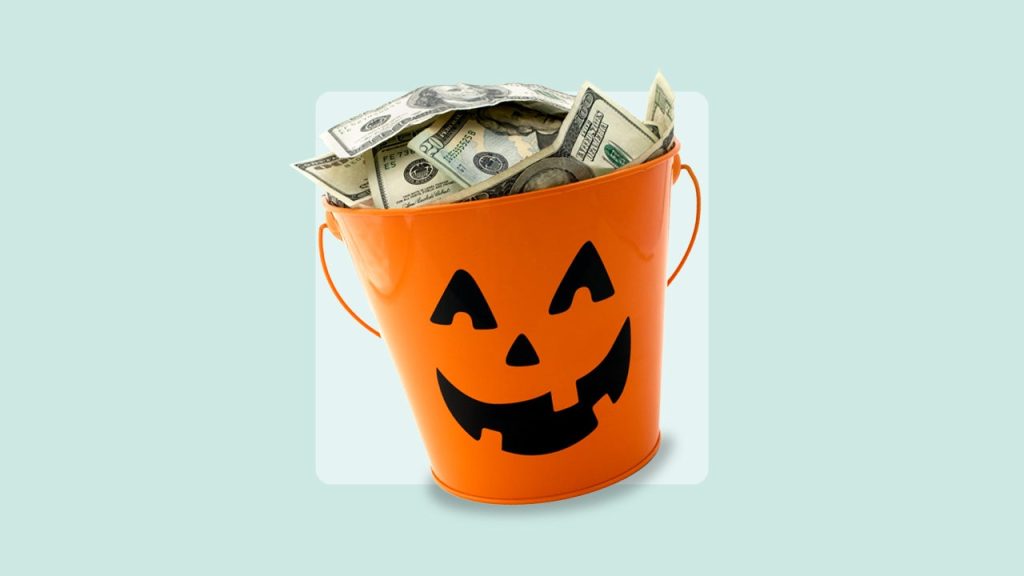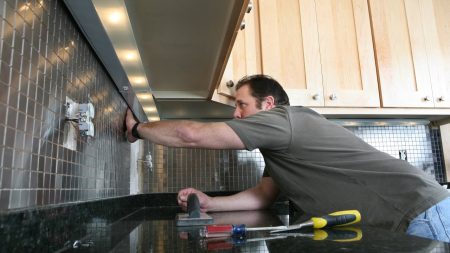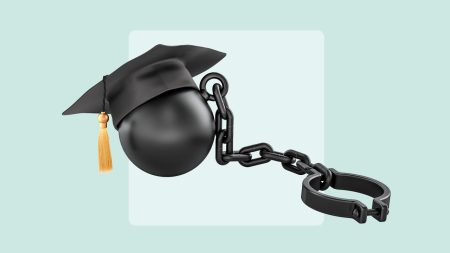In recent years, Americans were hit with the one-two punch of soaring inflation and higher borrowing rates — making it difficult for some to add money to their savings account each paycheck. In fact, nearly two-thirds (62 percent) feel behind on emergency savings these days, while just 1 in 5 (20 percent) say they have more savings now than at the start of 2024, Bankrate’s new Emergency Savings survey found.
Inflation and having too many expenses continue to be major obstacles preventing people from saving money, according to the September survey. The data was collected by polling roughly 2,500 U.S. adults on their level of emergency savings and whether they feel on track with how much they have saved.
Expenses, and the fact that those expenses have increased, have been a headwind to boosting emergency savings this year, but are particularly cited among those households that find themselves with less emergency savings now than at the beginning of 2024.
— Greg McBride, CFA , chief financial analyst for Bankrate
62 percent of Americans say they’re behind on emergency savings
Nearly two-thirds of Americans (62 percent) say they’re behind on saving for emergencies, including 37 percent who feel significantly behind and 26 percent who feel slightly behind. Meanwhile, less than a quarter (23 percent) say they’re right on track, while 10 percent report feeling slightly ahead and 5 percent significantly ahead.
Here’s how different generations feel about their level of emergency savings:
Across income levels, households were more likely to feel behind, than ahead, on their emergency savings:
| Annual income level | % who feel behind | % who feel ahead |
|---|---|---|
| Under $50,000 | 71% | 11% |
| $50,000-$79,9999 | 62% | 14% |
| $80,000-$99,999 | 57% | 20% |
| $100,000 and above | 44% | 26% |
Just 1 in 5 Americans has more emergency savings now than at the start of 2024
Despite many people feeling behind on savings, just 20 percent of Americans say they have more emergency savings now than at the start of the year. This comprises 16 percent who say they have somewhat more and 4 percent who have much more, the survey found. A sizable 30 percent reported having the same amount of emergency savings now as they did when the year began.
Meanwhile, 33 percent say they have less emergency savings than they did at the start of 2024, including 15 percent who have somewhat less and 18 percent with much less. Notably, nearly 1 in 5 (17 percent) said they don’t have any emergency savings now and didn’t have any at the start of the year.
Across generations, all groups are more likely to have less emergency savings now than at the start of 2024:
- Gen Zers: 33 percent have less, 28 percent have more
- Millennials: 31 percent have less, 25 percent have more
- Gen Xers: 35 percent have less, 14 percent have more
- Boomers: 34 percent have less, 17 percent have more
When it comes to income level, households earning under $100,000 annually were more likely to have less emergency savings now than at the start of the year. Conversely, those earning at least $100,000 a year were more likely to have more savings now than at the beginning of 2024. Those in the highest income bracket were considerably less likely to be in this category than those earning lower incomes:
| Income bracket | Percentage with less emergency savings now than at start of 2024 | Percentage with more emergency savings now than at start of 2024 | % with no emergency savings either now or at start of 2024 |
|---|---|---|---|
| Under $50,000 a year | 36% | 16% | 25% |
| $50,000-$79,999 | 35% | 21% | 10% |
| $80,000-$99,999 | 32% | 22% | 10% |
| $100,000 or more | 26% | 33% | 4% |
Most common obstacles to saving are inflation/rising prices and too many expenses
Among those who have not increased their emergency savings in 2024, the most cited reasons were rising prices/inflation (53 percent), too many expenses (43 percent) and too much debt (24 percent).
Other reasons cited included a change in income/employment (18 percent), a big emergency expense (15 percent), high interest rates (13 percent), too much discretionary/leisure spending (9 percent) or something else (7 percent). Respondents could select more than one of these options.
Among households that haven’t increased their emergency savings this year, 14 percent said the reason for this is they’re comfortable with the level of emergency savings they already have.
Among generations, Gen Zers (44 percent) who haven’t increased their emergency savings were less likely to point to rising prices/inflation as the reason than millennials (55 percent), Gen Xers (56 percent) and boomers (52 percent).
Across income groups, rising prices/inflation was most commonly cited as a reason for not increasing emergency savings. It was cited as follows:
- Households earning under $50,000: 56 percent
- Households earning $50,000-$79,999: 56 percent
- Households earning $80,000-$99,999: 54 percent
- Households earning $100,000 or more: 49 percent
1. Set up automatic transfers to a high-yield savings account
Keeping your emergency fund in a high-yielding savings or money market account ensures you’ll have easy access to the money while it earns some interest. These types of liquid accounts are the best place for funds you might need on short notice, rather than a certificate of deposit (CD) that charges a penalty for early withdrawals.
One way to save money consistently is to set up automatic transfers from your checking account to your savings account every payday. This helps you build up an emergency fund without having to give it much thought. Moving some money to savings soon after you get paid helps keep you from using that money for impulse purchases or things you don’t really need.
“Signing up for direct deposit from your paycheck or automatic transfer into a dedicated savings account is an important first step to ultimately shifting both the perception and reality that you’re behind on emergency savings,” says Bankrate’s McBride.
2. Identify areas to cut spending
Chances are you have some expenses you can decrease or eliminate entirely from your monthly budget. Look through your checking account and credit card statements to identify such areas of spending. Examples include subscriptions or memberships you no longer use, as well as frequent purchases at restaurants or coffee shops.
Also consider ways to lower the amount you’re spending on essentials such as utilities, auto insurance and groceries. To get started, it can help to list out all of your spending categories in a spreadsheet or budgeting app. Once you’ve trimmed your spending, devote the money that’s been freed up to your emergency fund.
3. Find ways to boost your income
In addition to reducing spending, you may be able to build up your emergency fund more quickly by finding ways to earn more money. In addition to your full-time job, consider earning some more money on the side through part-time or freelance work. These days, more than one-third of Americans are earning money through a side hustle, Bankrate’s side hustle survey found.
Common sources of side-hustle income include freelance writing, tutoring, food delivery, house sitting and dog walking. Side hustles often provide the convenience of choosing your own hours, and these earnings can help you increase your nest egg more quickly.
Read the full article here
















